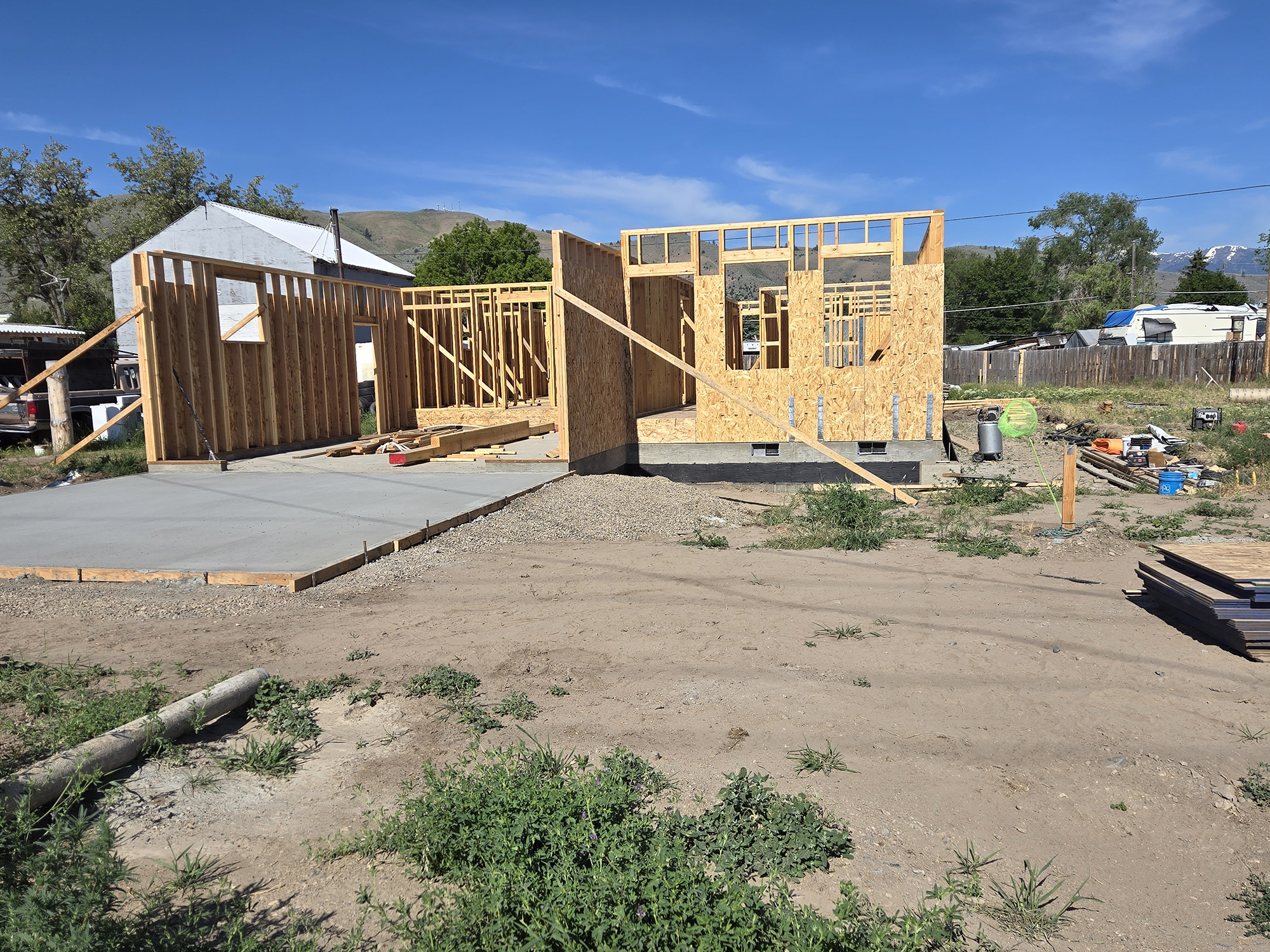Letter to the Editor for Dec. 29, 2022
Published 11:30 am Wednesday, December 28, 2022
I would like to clarify a couple of points regarding the recommendation by the Baker City Public Works Department to run a faucet to prevent pipes (and their meters) from freezing. First, a stream of water the size of a pencil lead produces far more than the stated 2 gallons per day. I have run the tests before and re-ran one this morning after reading the article. Adjusting my faucet to the smallest steady stream beyond a fast drip, I timed how long it took to fill an 8-ounce measure (1 cup). It took 54 seconds, or 0.9 minutes. This is a rate of 1,600 cups per day, which is 100 gallons, not 2 gallons.
Trending
Recommendations like this are common on the radio and in newspapers throughout the colder times of the year locally and across the nation. Unfortunately, these announcements seldom differentiate between rural homes and those connected to the city sewer system. They seldom stress the preferred alternatives, which are to better insulate meters (city) and pipes (residents). The city may be able to withstand the additional flow that results from these recommendations, but individual and larger rural systems may not.
One example is an RV park in the Columbia Basin that is designed (by code) with a design (peak) flow of 6,000 gallons per day. When cold snaps like this occur and the radio regularly recommends running a faucet, the flows at this facility can exceed 12,000 gallons per day, resulting in alarms, emergency service calls and pumping costs, etc. Rural sewage treatment systems (standard septic tank and drainfield systems, advanced treatment systems, etc.) are expected to be watertight with all fixtures maintained in good working order (no leaky fixtures). A leaky toilet valve can add over 1,000 gallons per day to a residential system that is designed for a peak flow of 450 gallons per day. Additional flow from unaccounted for sources, such as a running faucet, increases the risk of drainfield failure and expensive repairs. The risk of frozen pipes and meters can be mitigated with better insulation and/or heat tapes.
Brian Rabe
Trending
Baker Valley








